Vast experience meets ambitious vision.
Home / News / Analysis of the Causes of Water Into the Optical Cable Joint BoxAnalysis of the Causes of Water Into the Optical Cable Joint Box
2022.10.20
1. Joint box structure planning is not tight
There are generally 4 types of optical cable splice boxes, namely cap type, box type, open type and semi-open type. Because the structural planning is not tight, its waterproof rate varies. For example, the 210 km directly buried optical cable line between counties protected by a communication company of a bureau was tested, and the test results of the ground insulation resistance of 74 optical cable joint boxes: 52% of them had zero insulation resistance, 48% of the joint boxes had zero insulation resistance. There is significant accumulation of water, resulting in poor insulation of the fiber optic cable to ground. Statistics show that in general, 67% of directly buried optical cable splice boxes will have different degrees of water ingress. The four types of optical cable splice boxes found in the test are as follows: the waterproof rate of the cap-type splice box is 83%, the waterproof rate of the box-type splice box is 75%, the waterproof rate of the open-type splice box is 45%, and the waterproof rate of the semi-open type splice box is 45%. The waterproof rate is 44%. It can be seen that it is better to use the cap joint box to prevent water ingress, but it is not ideal. The cap-type splice box is mainly designed for laying optical cables in overhead and tunnels. It is used in buried lines that do not meet the waterproof requirements of the regulations, but the moisture-proof effect in the line is better. According to the rules, the junction boxes of the other three common structures such as open type are used in direct burial laying, but the moisture-proof effect is poor. Therefore, the planning, structure and process of the optical cable splice box still need to be improved and improved.
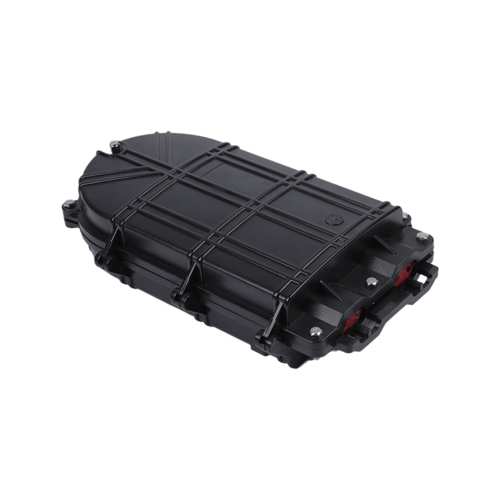

2. Poor sealing at the closing of the joint box structure
Although the structure and scope of application of these four types of optical cable splice boxes are different, in terms of sealing process, there are only two parts that need to be waterproofed: the fold of the upper and lower parts of the splice box; the place where the line optical cable enters the splice box. import site. The cap-type splice box is sealed with a heat-shrinkable sleeve at the introduction part of the optical cable into the splice box. The other three types of joint boxes are sealed with non-vulcanized rubber tapes in these two parts, and water and moisture only need to pass through these two channels to enter the joint box. The fiber optic cable splice boxes of these three structures are all sealed with non-vulcanized rubber tapes to prevent moisture. The non-vulcanized rubber belt is a polymer material with a certain viscosity. When it is subjected to a large external force, it will deform and fill the gap between the objects to achieve the purpose of moisture resistance. However, it is classified as a medium and low viscosity chemical substance, and its physical properties are easily affected by temperature changes, especially when other impurities are adhered, its sealing performance will drop sharply. In the cap-type splice box, the line optical cable enters the optical cable introduction part of the splice box and is sealed with a heat-shrinkable sleeve. Compared with the non-vulcanized rubber tape, its physical properties are more stable and the moisture-proof treatment process is more precise, so it avoids the need for Occurrence of flooding problems.
3. The treatment of the introduction part of the splice box is not standard
Because the line optical cable enters the splice box and the optical cable introduction part is not handled properly, the water inflow problem accounts for 85.7% of the total water inflow problem, and the water inflow share of the three commonly used direct-buried optical cable splice boxes is as high as 88.3%. Therefore, this problem must be handled well in the project, in order to greatly improve the moisture-proof performance of the direct buried optical cable splice box.
related product
-

Digital Keypad Office / Home Safe
ZLS-805
-
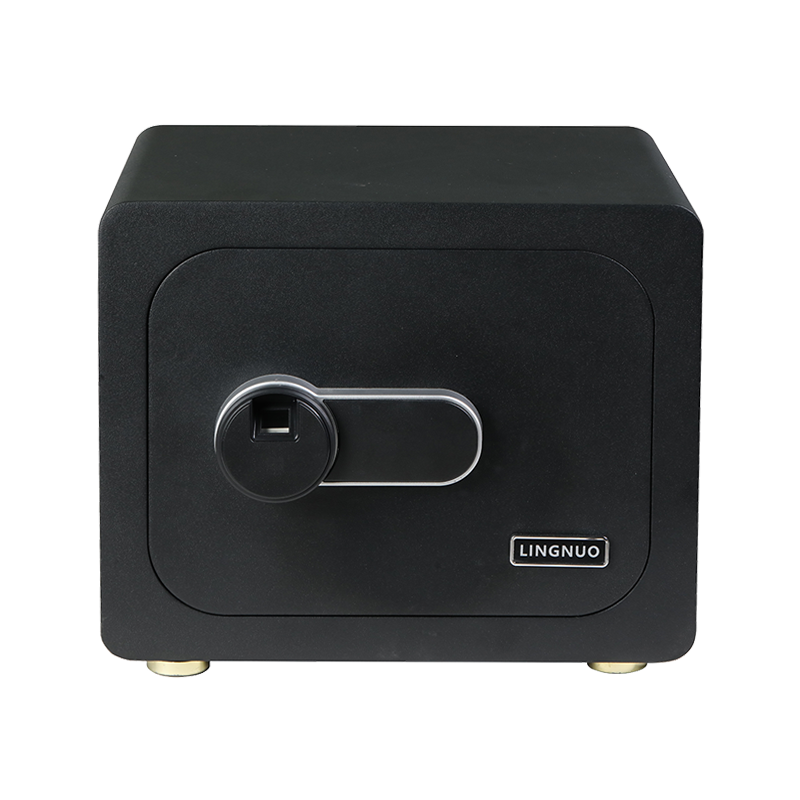
Fingerprint Reader Office / Home Safe
ZLS-807
-
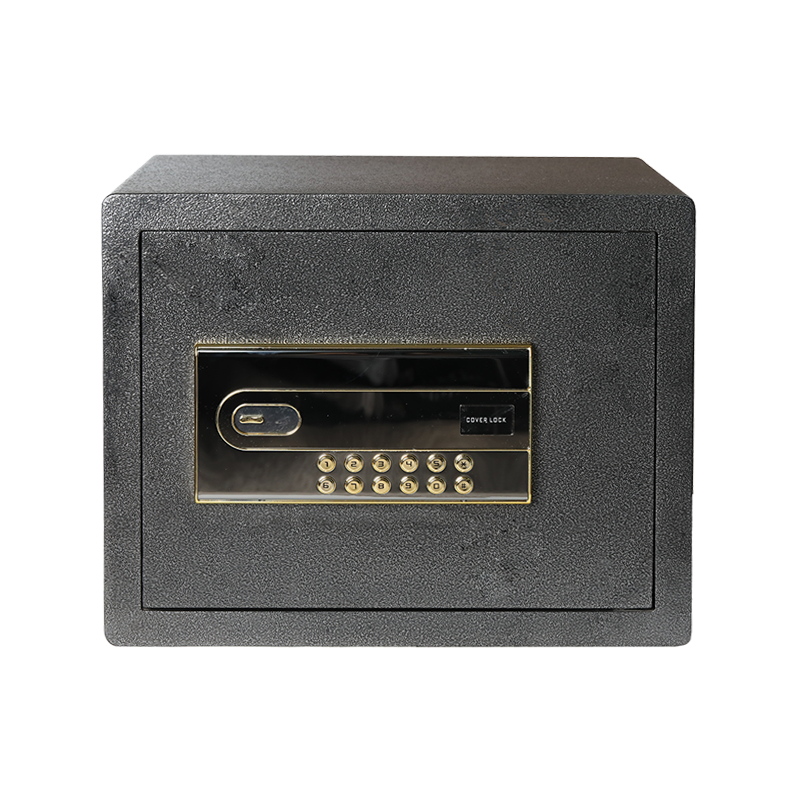
Digital Keypad Office / Home Safe
ZLS-809A
-
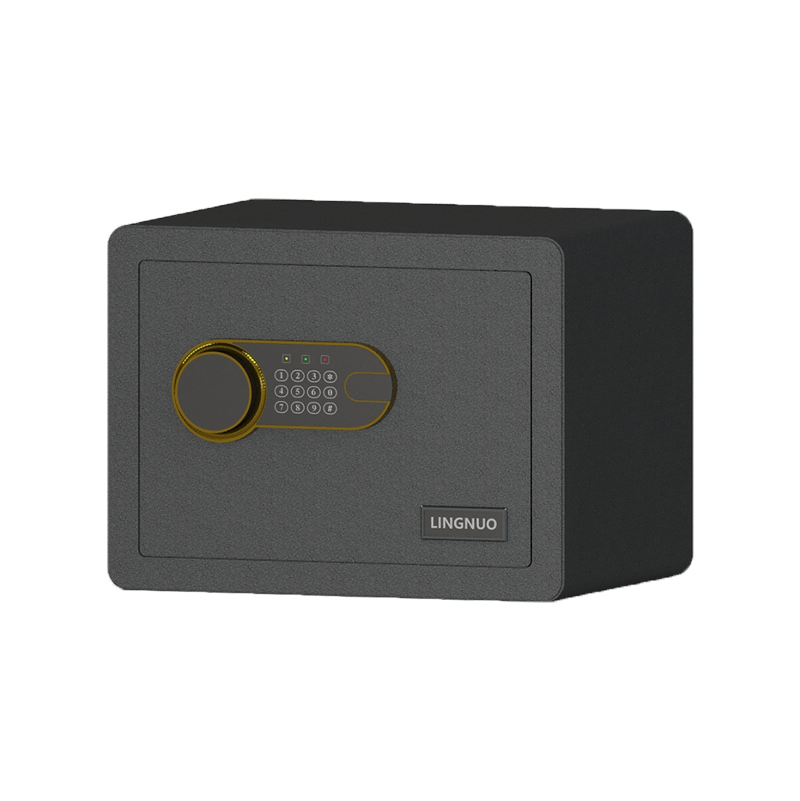
Digital Keypad Office / Home Safe
ZLS-812
-

Digital Code Handgun Box
ZLS-813
-

Fingerprint Reader Handgun Box
ZLS-817
-
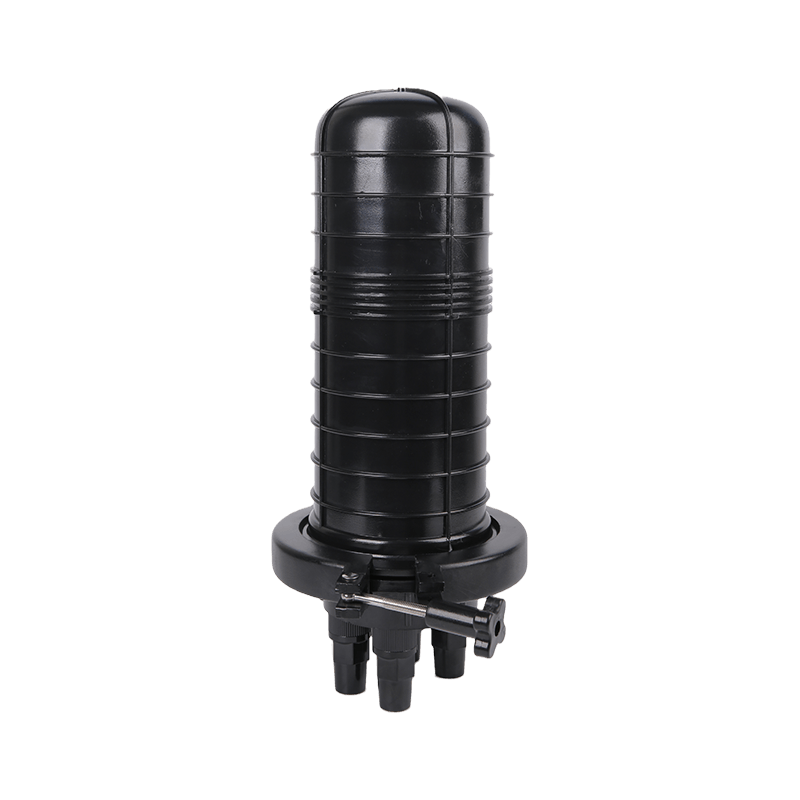
Dome Fiber Optic Splice Closure 208-1
-

Dome Fiber Optic Splice Closure 208-3
GET STARTED TODAY ?
We Can Help You With
There are many variations of safe, but the majority have services for all types and sizes.

 英语
英语 中文简体
中文简体